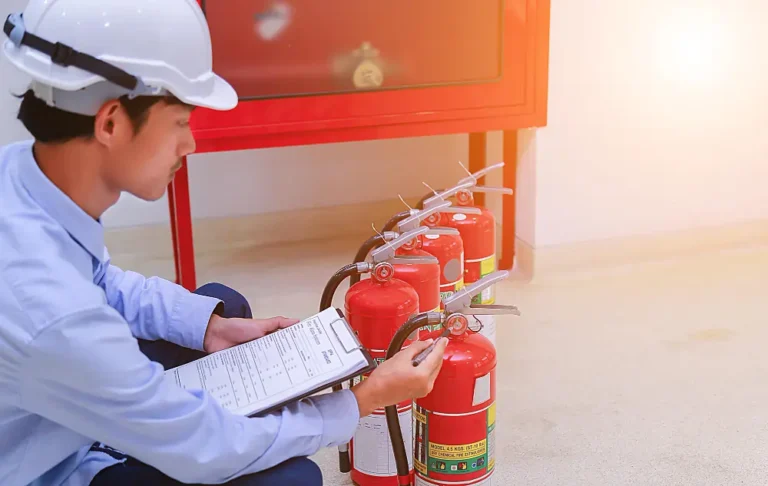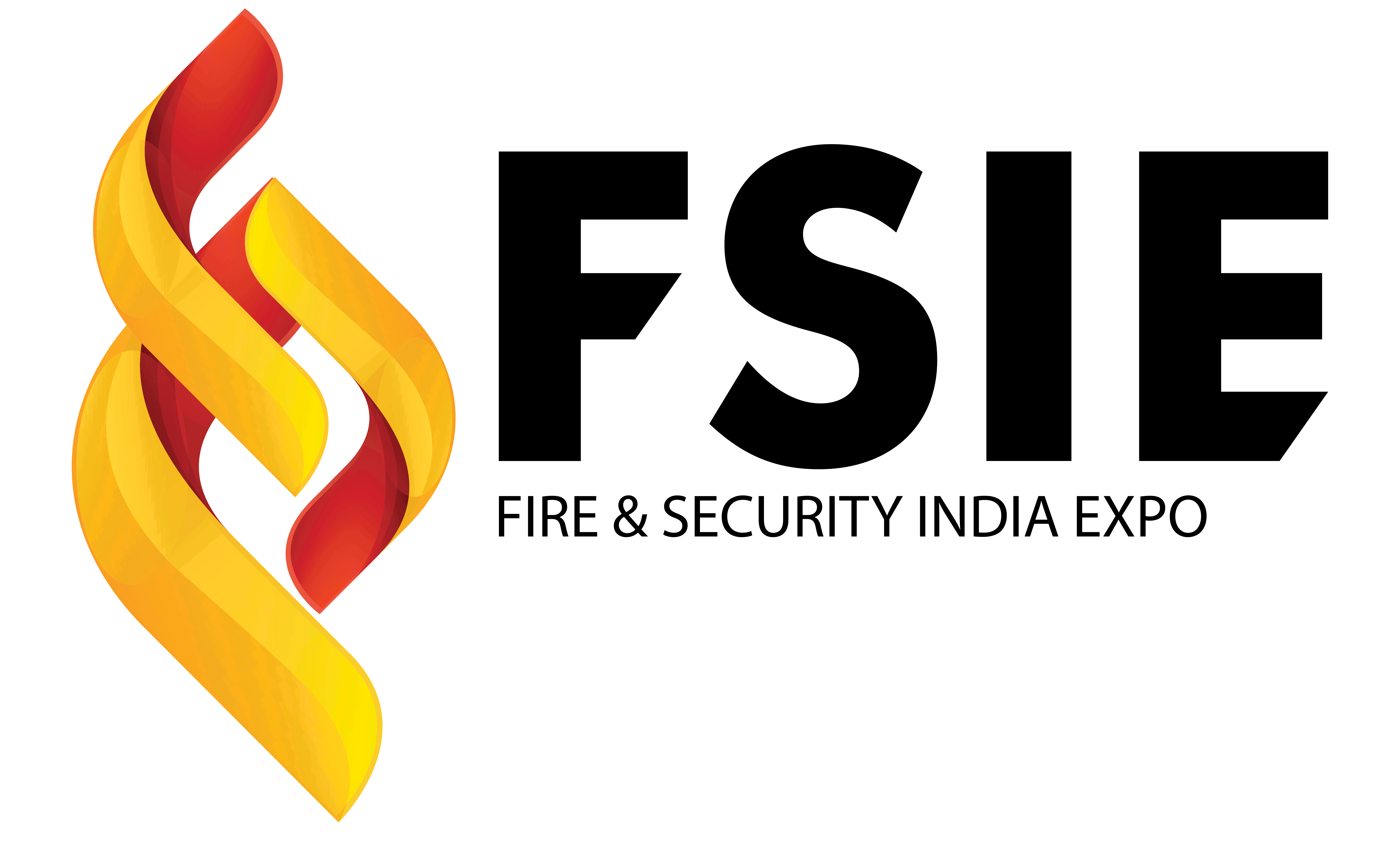How Fire Extinguishers Work and When to Use Them
Fire extinguishers are one of the most essential tools for first response in the event of a fire. Whether it’s a small fire in your kitchen, an electrical short in the office, or a potential hazard in a factory, having the right fire extinguisher — and knowing how to use it — can prevent disaster. But how exactly do fire extinguishers work? And how do you know when it’s the right time to use one?
In this guide, we’ll explore the science behind fire extinguishers, the different types, and most importantly, when and how to use them safely and effectively.
Why Fire Extinguishers Matter
Fire extinguishers are not just mandatory safety equipment in buildings — they are your first line of defense when a fire starts. Most fires begin small and can be controlled if action is taken quickly. But without a fire extinguisher — or if one is used improperly — a small flame can quickly become uncontrollable.
According to the National Fire Protection Association (NFPA), nearly 80% of fire-related deaths happen in homes where smoke alarms or fire extinguishers were missing or non-functional. So clearly, the value of a working extinguisher can’t be overstated.
How Fire Extinguishers Work: The Basics
At its core, a fire extinguisher is a pressurized canister filled with a fire-suppressing agent. When activated, it releases this agent with enough force to smother flames, remove heat, or interrupt the chemical reaction that fuels the fire.
Fire extinguishers work by targeting one or more elements of the fire triangle — Heat, Fuel, and Oxygen. Removing any one of these can extinguish the fire.)
- Heat: Lowering the temperature below the fire’s ignition point.
- Fuel: Removing or separating the fuel from the fire.
- Oxygen: Smothering the fire to cut off its oxygen supply.

Types of Fire Extinguishers and How They Work
Understanding the types of fire extinguishers is key to knowing which one to use in a given situation. Each type is designed for specific classes of fire.
1. Water Extinguishers (Class A Fires)
- Use for: Wood, paper, cloth, plastic, or trash fires.
- How it works: Water cools the burning material below its ignition point.
- Do not use for: Electrical or grease fires — water can spread the flames or cause electric shock.
2. Foam Extinguishers (Class A and B Fires)
- Use for: Flammable liquids (petrol, paint) and solids like paper and wood.
- How it works: Foam forms a blanket over the fire, cutting off oxygen.
- Note: Not suitable for kitchen or electrical fires.
3. CO₂ Extinguishers (Class B and C Fires)
- Use for: Electrical fires and flammable liquids.
- How it works: Carbon dioxide displaces oxygen and cools the fire.
- Advantages: Doesn’t leave residue — ideal for computers and electronics.
4. Dry Powder Extinguishers (ABC Fires)
- Use for: Most fire types including solids, liquids, and gases.
- How it works: The powder forms a barrier that breaks the chemical reaction.
- Best for: Versatility in industrial settings.
- Caution: Leaves residue and may reduce visibility.
- Use for: Cooking oil and deep fat fryer fires.
- How it works: Reacts with the hot oil to form a cool, soapy foam.
- Special Use: Best for restaurant kitchens and cafeterias.
When to Use a Fire Extinguisher
Just because you have a fire extinguisher doesn’t mean it’s always safe to use it. Knowing when to use a fire extinguisher is just as important as knowing how to use one.
Use a fire extinguisher only when:
- The fire is small and contained (e.g., a waste bin or small appliance).
- You’ve identified the correct type of extinguisher for the fire class.
- You have a clear escape route behind you.
- The area is not filled with smoke (to avoid suffocation).
- You’ve alerted others and called emergency services.
The PASS Technique: How to Use a Fire Extinguisher
Fire extinguishers are easy to use if you remember one simple acronym: PASS
- P – Pull the pin to unlock the handle.
- A – Aim the nozzle at the base of the fire (not the flames).
- S – Squeeze the handle to release the agent.
- S – Sweep from side to side at the fire’s base until it’s out.
Also read: Why High-Rise Buildings Need Advanced Security Systems
Fire Extinguisher Maintenance Tips.
- Check the pressure gauge monthly – the needle should be in the green zone.
- Inspect the canister for rust, leaks, or damage.
- Shake dry chemical extinguishers occasionally to prevent clumping.
- Replace expired extinguishers (typically every 5–15 years).
- Schedule annual inspections for commercial settings
Common Mistakes to Avoid
- Using the wrong extinguisher: For example, spraying water on a grease fire can cause it to spread.
- Standing too close or too far: You need to be about 6-8 feet away for optimal control.
- Not calling emergency services: Even if the fire looks small, always notify professionals.
- Forgetting to test your extinguisher: Like any safety device, regular checks are crucial.
Why Training Matters
Even with the best equipment, fire safety is only effective if people are trained. In offices, factories, schools, and hospitals, fire extinguisher training programs help staff respond confidently during emergencies.
These programs teach:
- Fire classification and risk areas
- Safe use of extinguishers
- Evacuation planning
- Real-life fire simulation drills
Conclusion
